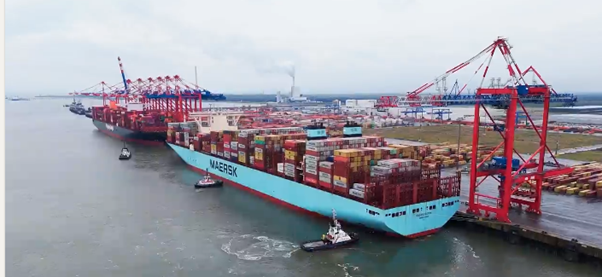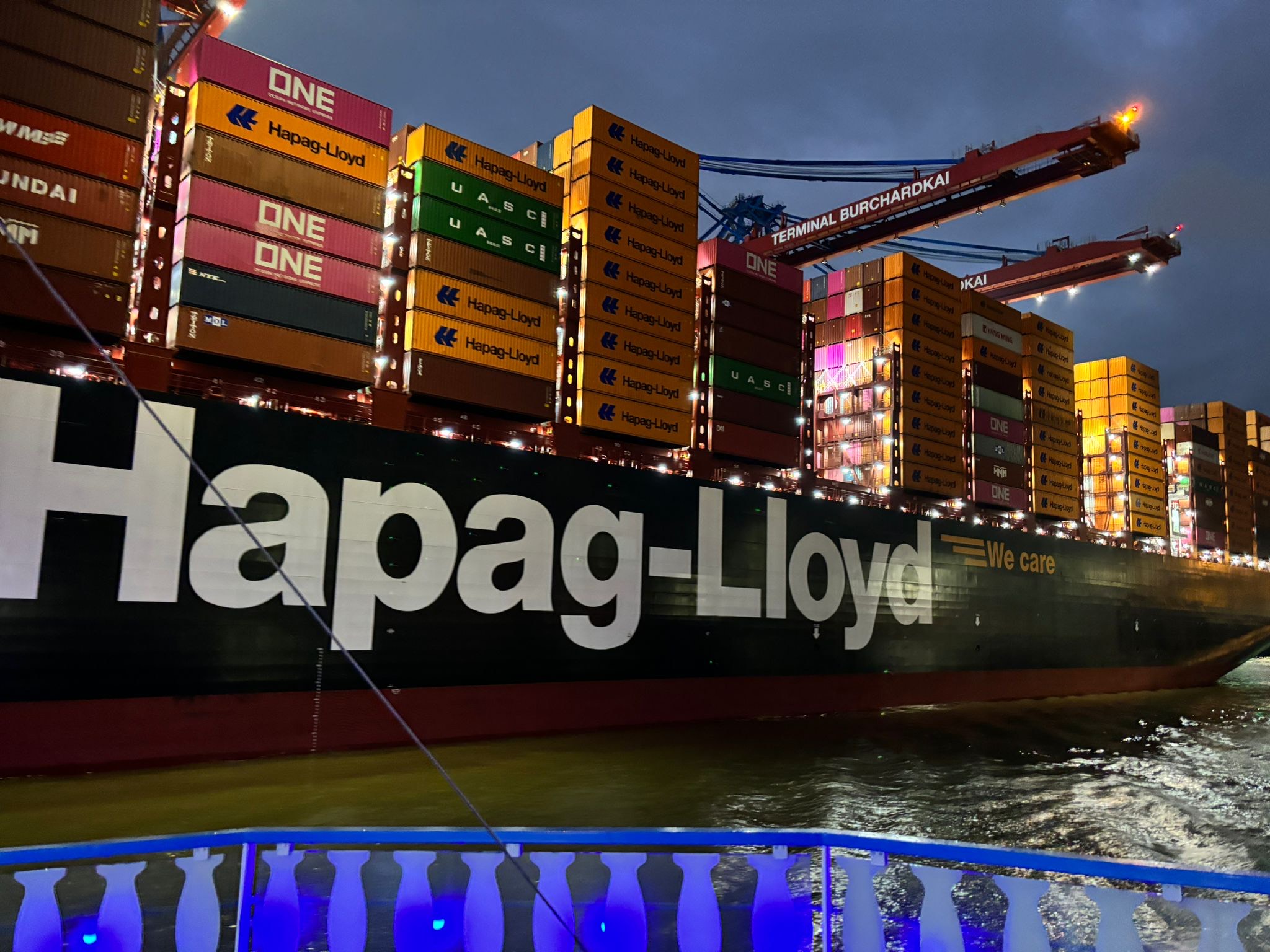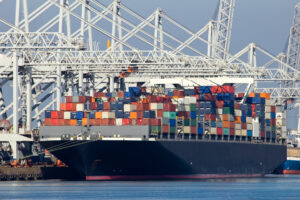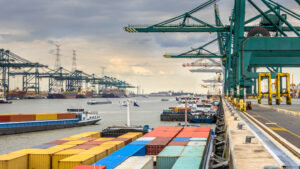
The Gemini rollout kicks into gear with the first sailings taking place on February 1. Container vessel operators Hapag-Lloyd and Maersk said on Friday they will launch their new ocean network, called Gemini Cooperation, on Saturday.
The companies are now pursuing new strategies to secure market share in the changing requirements of the post-COVID world.
Around 340 vessels will be phased in and be a part of Maersk and Hapag-Lloyd’s shared ocean network with the first sailings taking place on February 1, and more vessels will gradually sail on the new schedules.
The transition period will run until late May, with vessels phasing into the new network, and out of the expiring agreements that Maersk and Hapag-Lloyd have with other carriers.
Full service will kick off in June with the aim to deliver over 90% schedule reliability.
Maersk says June will be the first full month in which the network is fully phased in with all vessels sailing on Gemini schedules.
The shared network between Maersk and Hapag-Lloyd covers east and west trades and will consist of 29 ocean mainliner services supported by an extensive network of 28 agile, intraregional shuttle services.
“We are now ready to commence the phase-in of the new network. Over the last year, we have carefully planned this to ensure that all our customers experience a smooth transition into the new network. With its innovative design, we believe our customers will benefit from increased reliability, flexibility and more competitive products,” says Johan Sigsgaard, chief product officer of Ocean at Maersk.
The Gemini network will re-route via the Cape of Good Hope. The companies clarified that they would continue monitoring and analysing the latest developments and their impact on the security situation in the Red Sea and only return to the Red Sea once it is safe to do so.
“Together with our operating partner Maersk, we are focused on delivering on our 90% schedule reliability promise,” explains Rolf Habben Jansen, CEO of Hapag-Lloyd.
“Thanks to our effective hub and spoke operating system, we can deploy larger vessels and thus simultaneously optimize speed, reduce idling times, and thereby cutting down on carbon emissions. All of this saves our customers a lot of time and resources,” Habben Jansen adds.



